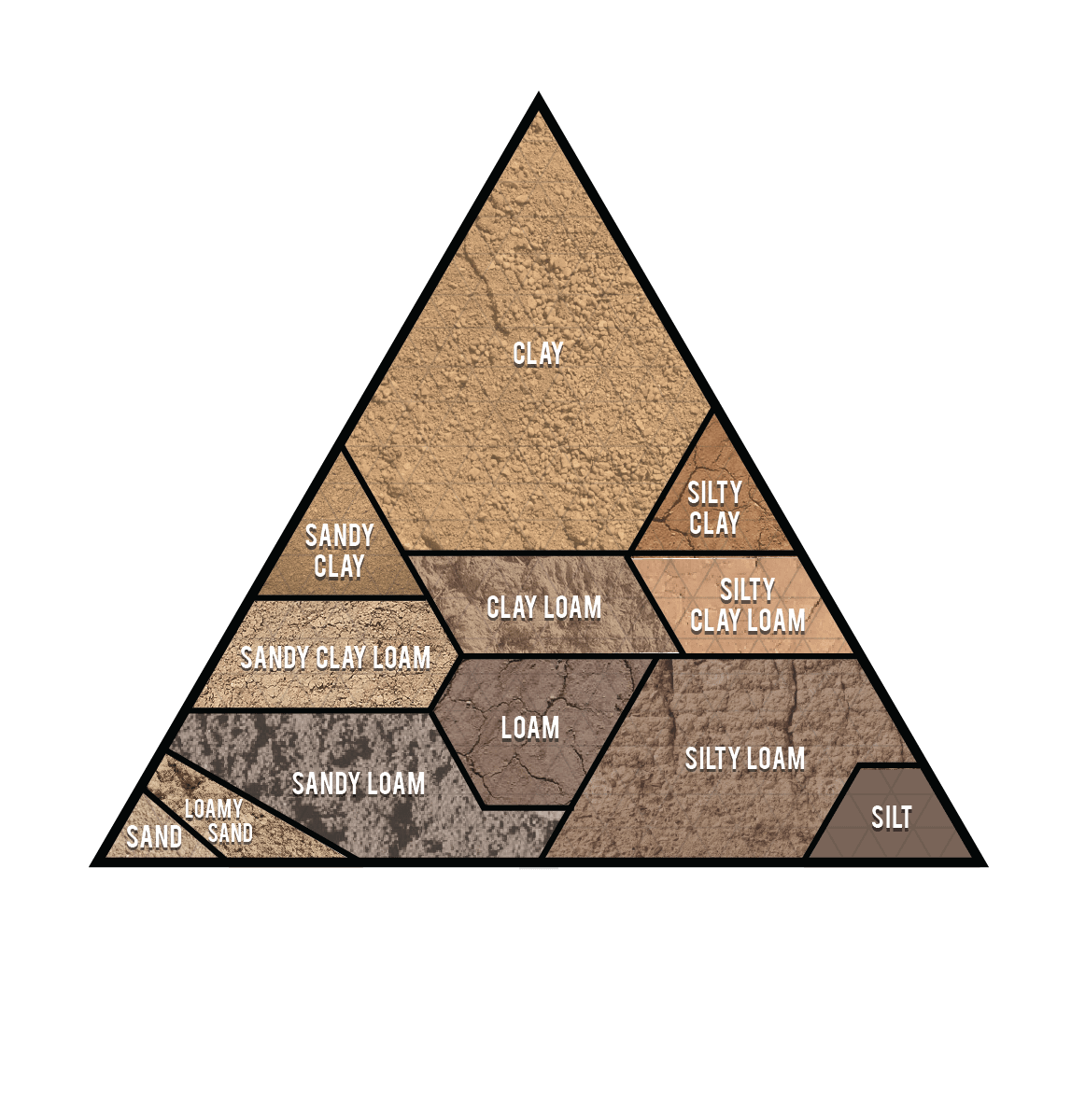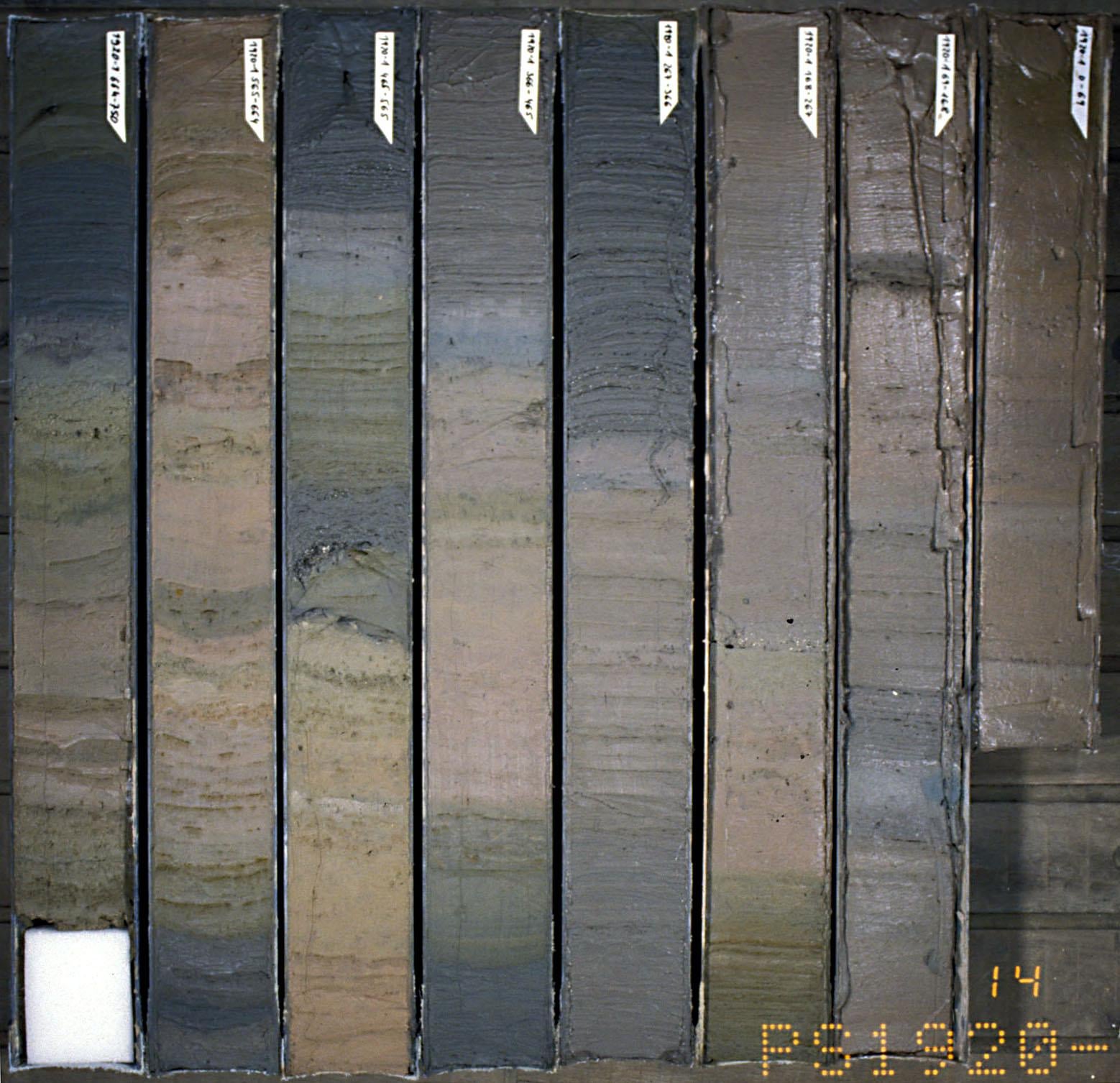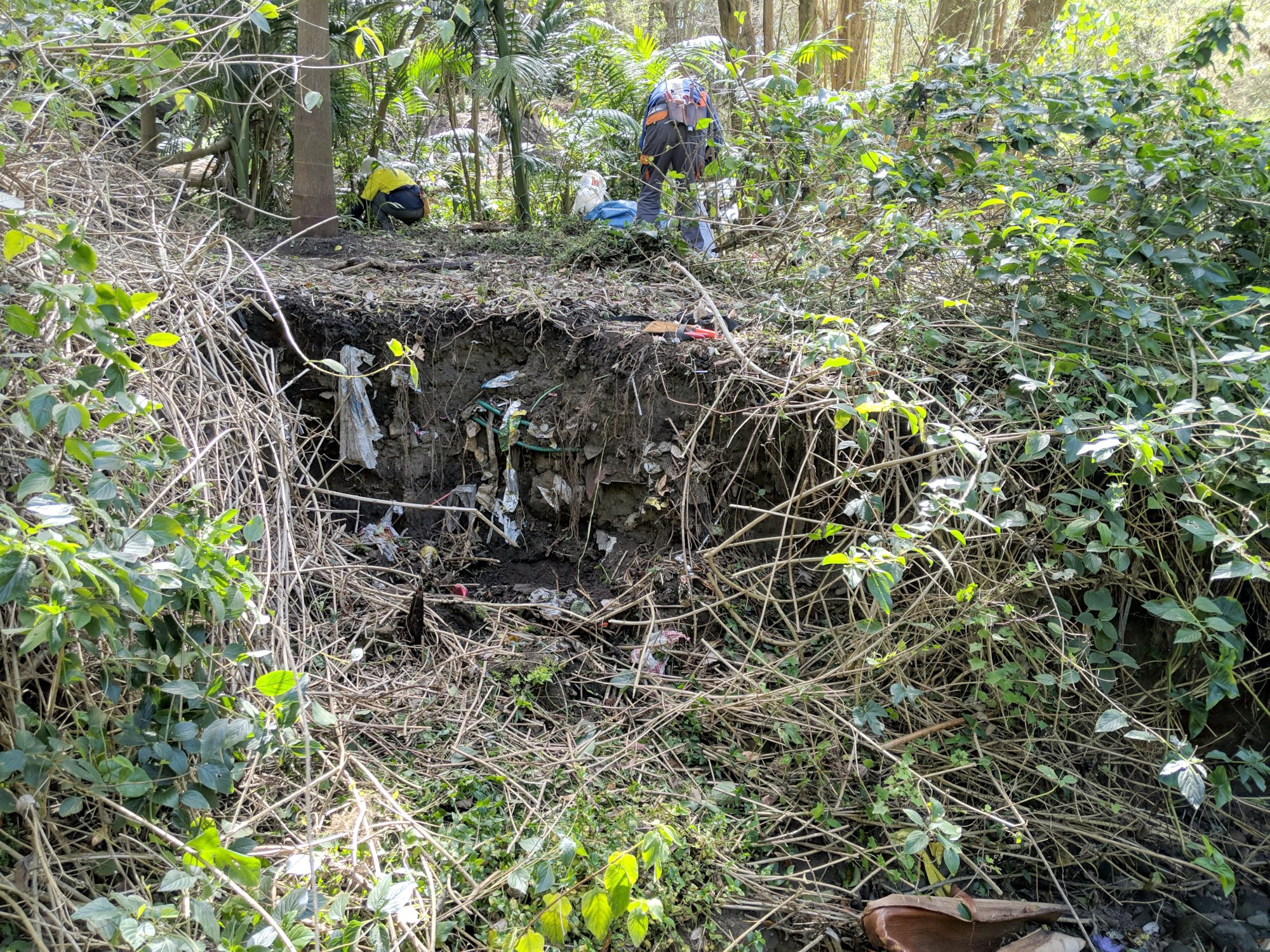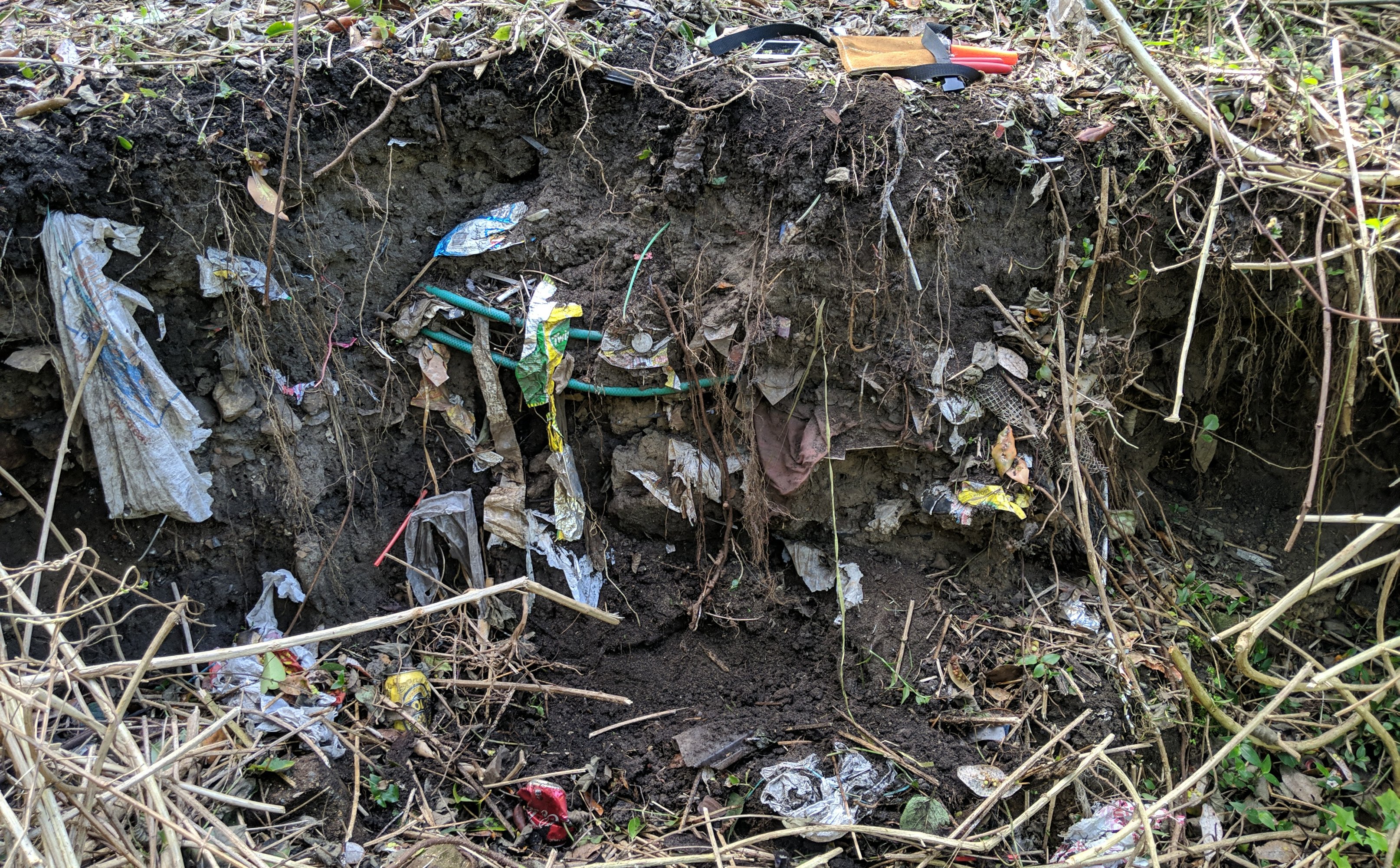this post was submitted on 15 Sep 2023
15 points (100.0% liked)
Soil Science
642 readers
1 users here now
Welcome to c/soilscience @ slrpunk.net!
A science based community to discuss and learn all things related to soils.

Notice Board
This is a work in progress, please don't mind the mess.
Subdisciplines of soil science include:
- Soil Taxonomy & mapping
- Soil Fertility & Organic Amendments
- Soil Chemistry & Remediation
- Soil Mineralogy
- Soil Physics
- Soil Biology
These subdisciplines are used by various other disciplines, particularly those related to reclamation, remediation, and agriculture.
Rules
- Don't throw mud. Be kind and remember the human.
- Keep it rooted (on topic).
- Please use a tag.
- No spam.
- Memes are welcome, but the focus of this community is science-based
Resources
Blogs
Careers
Chemistry
- Secondary and micronutrient availability by pH
- Secondary and micro nutrients availability by pH line graph
- Common Nutrient Deficiency Symptoms on Leaves Infographic
Classification
Maps & Datasets
Canada
- Canadian System of Soil Classificaiton
- 1982 Canadian Manual for Describing Soils in the Field
- Alberta Soil Quality Criteria Relative to Disturbance this one is widely used across Canada
- Best management practices for conservation of reclamation materials in the mineable oil sands region of Alberta - a good guide to basic reclamation and revegetation BMPs
Europe
- Agrifood Soilscapes (UK)
- Datasets from the BGS (UK)
- Datasets from the James Sutton Institute (UK)
- Scotland Environment Soil Maps
- Soil Atlas of Europe
- UK Geochemical Atlas
- UK Soil Observatory
United States
World
Soil Contamination:
- Cornell Guide to Testing Contaminated Soils
- CCME Soil Guidelines for Contaminants
- Wikipedia Lists of Hyperaccumulators for Bioremediation

Similar Communities
- !geology@lemmy.ca
- !geophysics@lemmy.ca
- !geologycareers@lemmy.ca
- !mining@lemmy.ca
- !openscience@lemmy.ml
- !reclamation@slrpnk.net
Sister Communities
Science and Research
Biology and Life Sciences
- !anthropology@mander.xyz
- !microbiology@mander.xyz
- !biodiversity@mander.xyz
- !palaeoecology@mander.xyz
- !palaeontology@mander.xyz
Plants and Gardening
Physical Sciences
Humanities and Social Sciences
- !archaeology@mander.xyz
- !cooking@mander.xyz
- !folklore@mander.xyz
- !history@mander.xyz
- !old_maps@mander.xyz
Memes
Find us on Reddit
founded 2 years ago
MODERATORS
you are viewing a single comment's thread
view the rest of the comments
view the rest of the comments


Wow. Gnarly!
Take a look at a grizzly screen. They use them in mining. Basically it's just a crude sieve that screens out rocks and cobbles. Heck, a bobcat mounted rock picker might do a food job at sifting the shit out if you are interested in doing a deeper clean. Unlikely though since you have a somewhat stable bank.
You could also consider treating it like a landfill and capping it, but again your veg would be starting from zero.
Cool share!
There are no stones in this deposited soil so it would probably work quite well. As a bonus it would filter out some of the weeds like madeira vine.
Disturbing the topsoil that much isn't something my group has done before and we might not be allowed (national parks land). Ideally a stormwater trap/filter should be planned in parallel with soil rectification (as they might step on each others toes, esp if large and built of concrete).
Normally the soil we work with has a mixture of weed seeds and native seeds in it, so with repeated weeding it recovers quickly. This particular soil didn't seem to have anything native growing in it (which probably makes sense given that it's urban runoff), which if confirmed might affect treatment options (eg maybe take topsoil offsite for disposal?).
This photo is about 2m from creek water (almost where my feet are), so I think capping would just wash away during storms. You would probably move it somewhere else first then cap it? Outside my pay grade, I'm just a volunteer :)
If it's a national park, you're hands are tied, most likely. That said, your group (assuming it's some NGO/Land Conservation) could approach them and express interest in cleaning it up, or at least push them to clean it up.
You're right. you need a trap to stop further deposition.
While it's urban sediment, it's probably relatively clean. I reported on a similar project, where they had an old landfill that operated for a few years in the 60s. it was right up against a major creek, and being undermined, with the shit washing into the river during flood events. There were some contaminants, but over all it wasn't an ecological disaster (yet). The bank stabilization was tough, but ultimately, they rock armoured it using 60 cm+ sized boulders to stop the erosion. They were then going to cap it to the landfill standards (60 cm of clean clay) and build a soil profile over top of it.
Reclamation is tough, and it's heart-breaking sometimes, when you see how shitty some of the sites are. I used to do a lot of per-distubance soil survey work, and was essentially the harbinger of destruction for the beautiful ecosystems I worked in. Now I get to figure out how to fix shitty disturbed sites. Sits a little better with me.
The waterways & stormwater outlets are more complex in terms of ownership than it just all being national parks, the local councils (third tier of Australian government, below federal & state) and Sydney water are also involved. I believe the creek water is managed by one authority and the creek bed a different authority, just to make things more fun.
What do you mean by clean? Mostly insoluble and chemical stable solids, little in the way of soluble pollutants and insoluble liquid pollutants?
Upstream of this at the outlet there was big rockwork installed years ago, much of which is bigger than 60cm, but a lot of it has still washed around and collapsed. I'll see if I can grab some pictures next time I'm there.
We only focus on some very small patches of a very large regional park. More than half of it (by my estimates) is taken over by vine weeds (mostly balloon vine, morning glory & madeira) that smother the native trees -- if you blur your vision then it looks like verdant green rolling hills. Small native plants only survive in some sections, others are completely overtaken by tradescantia (wandering jew) and lantana.
Occasionally some commercial bushcare contractors come through to work sections, but again only small (and more accessible) areas. The national park is also a rail corridor and no-one is allowed near that without lots of prep + supervision (+ money to pay for supervision), so those bits are generally bad.
Glad you've found some power over the chaos. Hope it's not too heart wrenching.
Yay. A bureaucratic nightmare!
As in likely below environmental guidelines for contaminants of concern (metals, hydrocarbons, organic compounds). And by relatively they are probably circum-threshold values. If I were to go to sample it I would expect a lot of variability.
I can't imagine the invasive plants issues you guys have down there.